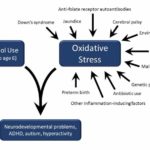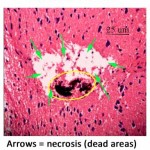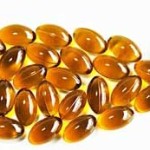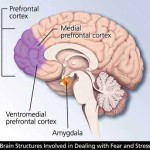This gallery contains 1 photo.
Scientific Reports, Aug 31;13(1):14326. Jones, McCarthy, Stanwood, Schatschneider, Bhide Mice who drank the equivalent of only 16 oz to 32 oz of diet soda per day seemed just fine — but their babies weren’t. Both male and female pups had … Continue reading
































